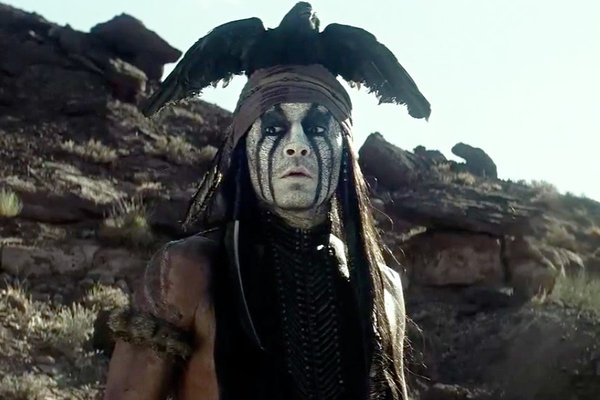The answer, of course, is both, depending on the studio involved and the moment at which they’re debating the issue. It's how to strike that balance that’s the big question. (It’s worth noting that almost every big-time Hollywood player is currently facing the question; for all of the media’s fascination with Disney, nearly every major studio has had a bomb of a certain size over the last two summer seasons.)
Disney itself is likely to pursue both strategies at once, with smaller movies like the baseball-cricket story “Million Dollar Arm” and the children’s book adaptation “Alexander and the Terrible, Horrible, No Good, Very Bad Day”—both throwback midrange, all-ages movies they'd moved away from somewhat in recent years—both in the works even as they concentrate their big-budget filmmaking ever-more heavily on massive-firepower pictueres such as “Avengers” and “Finding Nemo” sequels.
Sony, in its way, is doing the same. Though the studio aims to go back to the well again and again on “The Amazing Spider-Man,” it also has no fewer than three midlevel dramas this fall (“Captain Phillips,” “American Hustle” and “The Monuments Men”), a high number even for a studio that likes to take a crack at serious drama with some frequency.
Steven Spielberg created a stir a few weeks ago with his pronouncement that the era of big-budget filmmaking as we knew it was over. “There's going to be an implosion where three or four or maybe even a half-dozen megabudget movies are going to go crashing into the ground, and that's going to change the paradigm," he told an audience at USC.
The megabudget crash is of course already underway. But what that new paradigm is remains to be seen. Spielberg and his fellow speaker George Lucas focused in large part on the ways it could change how we see movies—longer playdates, variable pricing. But how will it affect which films are made?
One can never go broke overestimating studio conservatism, which is a reason why the logic of “fewer movies, more sequels” is a smart bet. But "more movie, lower budget" is its own kind of conservatism, and a policy I can see some taking.
Hollywood had gone through periods like this before. Bloat and disaster leads to risks and quirkiness—the industry followed a similar if not identical path with the 1970s renaissance of gritty dramas and the specialty-film boom of the early 2000s. Of course, there’s a key added factor this time around—the advent of digital platforms to buttress both marketing and release efforts.
Indeed, it’s interesting that all this talk about a new approach is coming at the same time as an experiment from the website CollegeHumor. With millions of followers online, the Barry Diller-owned website has decided it wants to get into the filmmaking business. So it's made a movie.
The film, "Coffee Town,” is a bawdy, male-centric comedy in keeping with the site’s core audience and mission. It features young stars like Glenn Howerton (“It’s Always Sunny in Philadelphia”) and Ben Schwartz (“Parks & Recreation”), and is being marketed not with traditional TV ads and outdoor billboards but on sites like Tumblr and Facebook. The company is debuting the movie today, eschewing theaters and releasing it on the likes of iTunes and Amazon. The film was written and directed by Brad Copeland, a veteran of “Arrested Development,” based on an idea he had. And, oh yes, it cost less than half a million bucks.
From a business and production standpoint, the movie is everything "The Lone Ranger" isn't: inexpensive, made without hundreds of studio notes, and not in 4,000 theaters, or even a handful.
There’s no way to know if this will work. First and foremost, having a filmic success depends on having a good movie. But "Coffee Town" represents new ways of thinking about an issue, which is welcome and necessary when the old ways of thinking about it are broken.


.gif)



.jpg)

